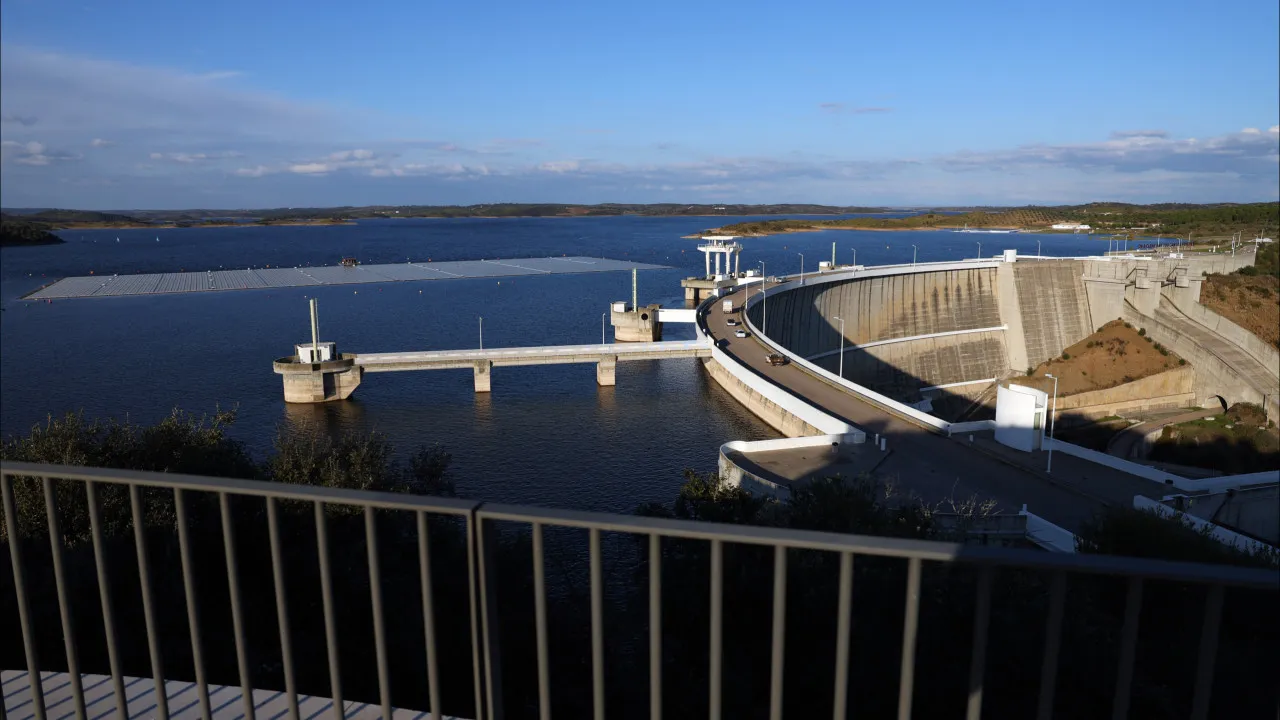
The final report of the ‘Economic Impact Assessment of the Implementation of the Alqueva Multipurpose Project (EFMA)’ was unveiled by the Alqueva Development and Infrastructure Company (EDIA) in Beja. This study estimates that from its inception in 1995 to 2023, EFMA has generated a tax revenue of 2.910 billion euros against a total public investment of 2.446 billion euros.
“EFMA has already ensured a financial return for the state exceeding the invested resources,” the study notes, based on a simple investment recovery analysis without accounting for inflation adjustment.
Directed by Sandra Primitivo, the report was produced by the Center for Regional and Urban Development Studies and Ernest & Young.
The state’s revenue accounted for includes VAT, personal income tax (IRS), corporate income tax (IRC), and other taxes, notably highlighting the Single Social Tax as contributing the most, constituting 39% of the total, with the agricultural sector as the main contributor.
EFMA has provided a “positive return for the state since 2022, the year when accumulated generated revenue surpassed expenses, largely from investments already made,” the report emphasizes. It further reveals that “for every euro invested, the state has already recouped 1.2 euros.”
Pointing out that “the calculated impact is mainly linked to agricultural activity,” the authors, looking at the period from 1995 to 2028 and considering investment projections, highlight that the results indicate a cumulative contribution of 27 billion euros to national production.
This figure reveals that Alqueva’s annual average contribution to national production was “818 million euros,” accounting for “0.5% of the national GDP between 1995 and 2022,” the report adds.
The study also found that during the same period, the gross value added (GVA), or created wealth, amounted to 12 billion euros, with five billion euros in remunerations, alongside 22,569 jobs, representing “0.5% of total national employment.”
The contribution of EFMA to the trade balance is also highlighted, as apart from the investment phase, “the bulk of the intermediate consumption of activities” enabled by Alqueva is acquired from the national market.
“Conversely, the activities enabled show a strong export orientation,” it states, supporting that “the transition in land use patterns primarily favored crops whose products face strong and growing international demand, such as olive and nut trees.”
Referring to 2023 data, the report exemplifies EFMA’s contribution to the trade balance of goods and services, which was 208 million euros, with Alqueva contributing “a net impact corresponding to 0.4% of total Portuguese exports and 0.2% concerning imports.”
The project’s capabilities extend beyond agriculture, which currently encompasses 130,000 hectares of irrigation, to also include public water supply to populations and “clean energy” production.
“EFMA had a crucial contribution to water supply in many municipalities in the region that previously faced shortages of this basic resource,” it argues. The project currently supplies “about 200,000 inhabitants,” or “28% of the Alentejo’s resident population” and serves as a “strategic reserve.”
In the energy sector, with the Alqueva and Pedrógão hydroelectric plants, complemented by various land-based and floating photovoltaics, EFMA “has enabled (and continues to enable) a significant portion of clean energy production in the Alentejo,” the report states.
“While thermal energy (mainly non-renewable) accounted for 99% of energy produced in the region in 1995, hydropower approaches 20% of the total energy produced in 2023, significantly contributing to the recent closure of coal-fired thermal power plants in Portugal,” it concludes.
For further details, visit:




